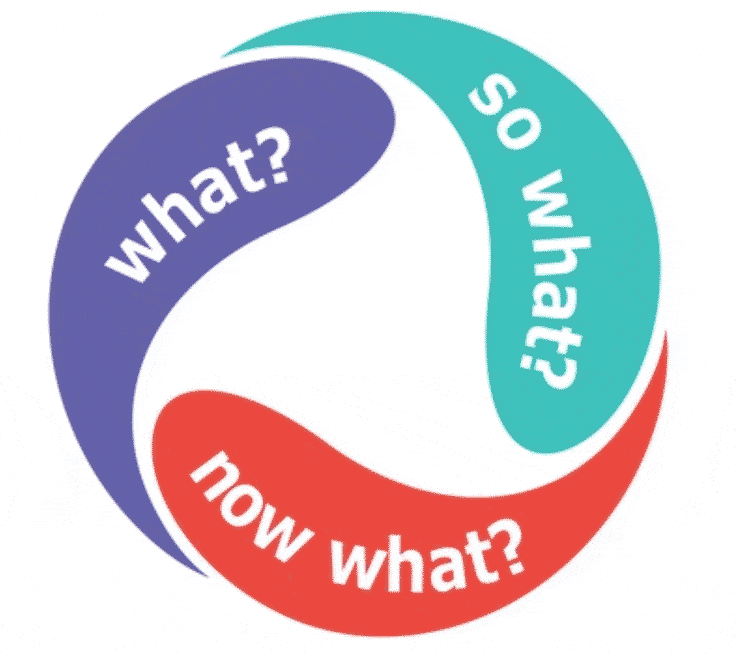It is essential for the success of an organization that the parties are well informed and communicate effectively with each other. Human Systems Dynamics is a tool that can be used to improve internal communication in an organization, and it provides an innovative approach because it allows you to think about communication from a different perspective.
What is Human Systems Dynamics - HSD)?
Human Systems Dynamics is a theoretical and practical approach to understanding and managing the complexity of social and organizational systems. It is based on the premise that teams, communities or organizations are dynamic and adaptive systems that interact with each other and with their environment.
Today, organizations are facing major challenges due to situations such as the impact of climate change, social and political conflicts, unstable economies, major technological changes, etc.

Faced with these new challenges, the Human Systems Dynamics (HSD) approach allows us to find other ways of thinking and acting.
According to Glenda Eoyang, Founding Executive Director of the Human Systems Dynamics Institute, “in these diverse contexts, people use Human Systems Dynamics to find options for creative action”.
Human Systems Dynamics: A Look at Organizational Complexity
HSD is an interdisciplinary approach to understanding and addressing complex problems in groups, organizations and communities.
It is based on the theory of complex systems, chaos theory and system dynamics, as well as the theory of organizational behavior and social psychology.

It focuses on the analysis and understanding of emergent patterns in social systems and how these patterns affect the behavior and decisions of individuals and groups.
Moreover, it is used in a variety of contexts, including:
- organizational development,
- change management,
- project management,
- group decision making and conflict resolution
- and conflict resolution.
Professionals using this approach can be consultants, coaches, facilitators, educators and team leaders.
HSD has been used in all sectors and around the world, where complex situations create seemingly insurmountable problems.
How is it applied?
HSD has several techniques among them:
- Inquiry.
- The logic of patterns.
- Adaptive action.
In relation to the latter, it is a short, iterative cycle of observation, meaning-making and action based on three questions:

This process allows people to see patterns that are currently influencing the dynamics at any scale of a human system. In this way, they can truthfully and usefully understand them, and take action to change conditions, modify patterns, and enable better system functioning.
The Synergy of Internal Communication and Human Systems Dynamics
Internal Communication and Human Systems Dynamics complement each other in powerful ways. While internal communication focuses on the flow of information and messages, HSD provides a framework for understanding the complexity of organizational interactions and dynamics. Together, these disciplines can drive significant change and improve the effectiveness of internal communication in your organization.
Using HSD in Internal Communications
The theories of human systems dynamics and internal communication are related in several ways:
Interactions and Relationships: Human Systems Dynamics recognizes the importance of interactions and relationships in a social environment. Similarly, internal communication drives interactions between teams and strengthens the entire organization.
Information Flow: In Human Systems Dynamics, communication plays a critical role in the flow of information between individuals and groups. Similarly, effective internal communication is essential for healthy organizational ecosystems.
Feedback: Human Systems Dynamics focuses on the ability to receive feedback from the environment and change accordingly. In the context of internal communication, feedback is fundamental to evaluating the effectiveness of strategies and messages.
Influence on Organizational Climate: Effective internal communication and positive interactions contribute to a favorable organizational climate, fostering collaboration, trust, and commitment, which are also addressed by HSD.

Frequently Asked Questions about Human Systems Dynamics and Internal Communication
- How can HSD help resolve internal communication conflicts effectively?
HSD provides tools to understand the dynamics of internal communication conflicts and address them constructively. By applying HSD principles, you can identify the underlying causes of conflicts and find solutions that promote more effective and harmonious communication.
- What benefits can the application of HSD bring to internal communication?
The application of HSD in internal communication can provide several benefits, such as:
- Improved clarity and understanding of the messages communicated.
- Improved alignment between the different teams and departments.
- Promotion of an environment of trust and openness in the organization.
- Identifying and addressing communication challenges and conflicts more effectively.
- Fostering an agile and adaptable organizational culture.
In summary, the Human Systems Dynamics approach gives us the opportunity to think about some fundamental aspects of strategic internal communication from a different perspective.
Interactions and relationships between people, information flow, feedback, change, and organizational climate are integrated into this new approach and enrich our thinking.




